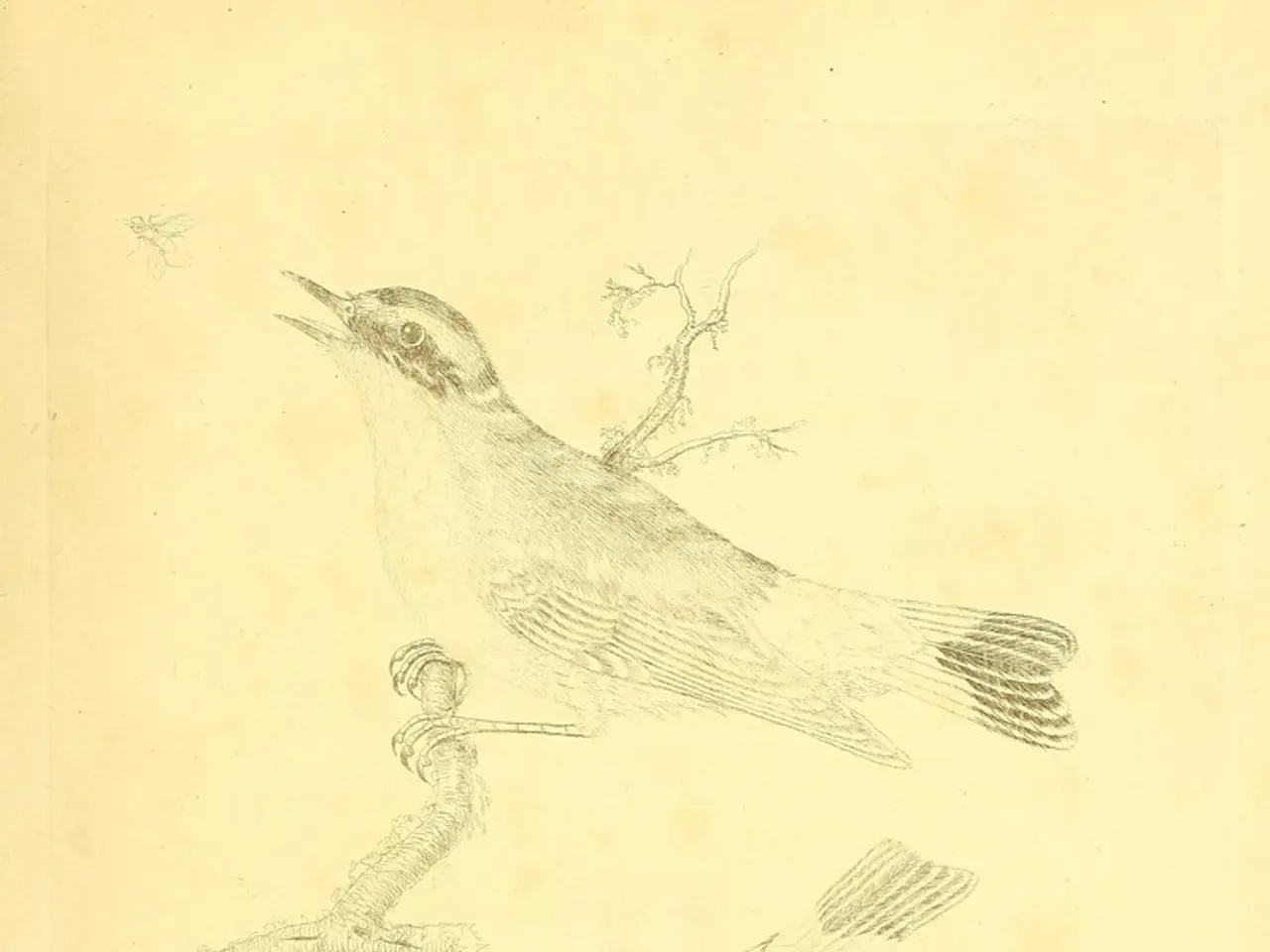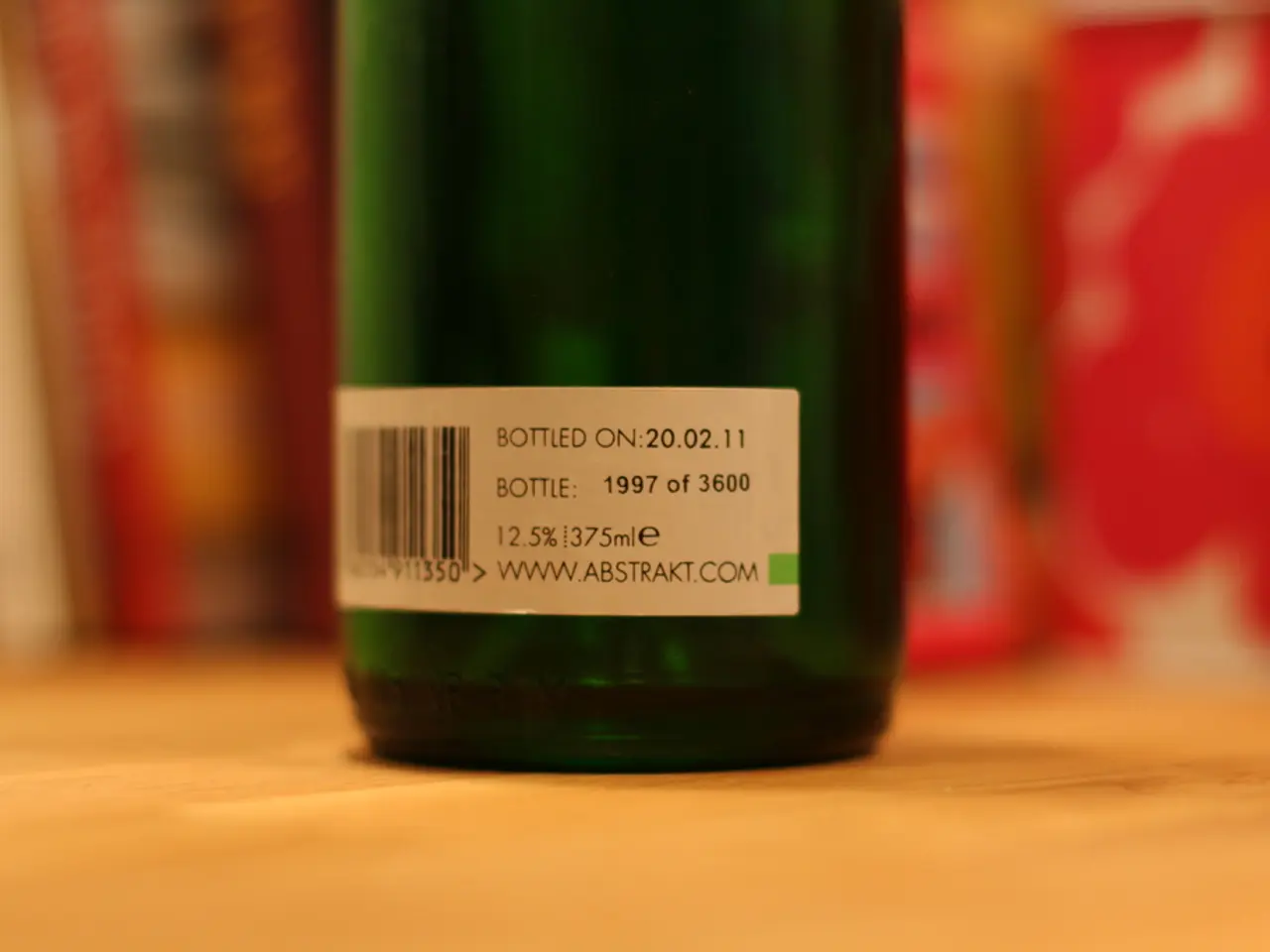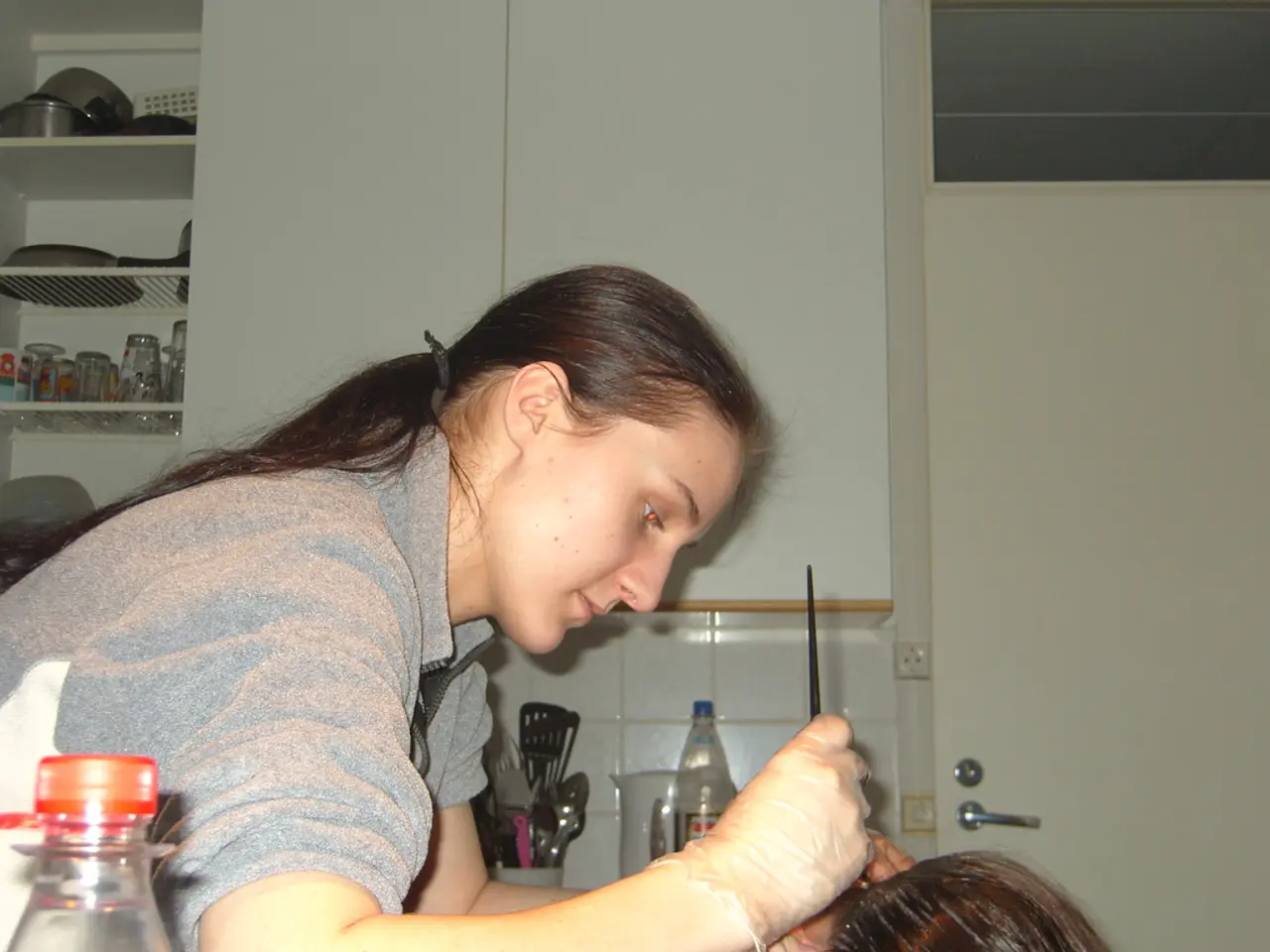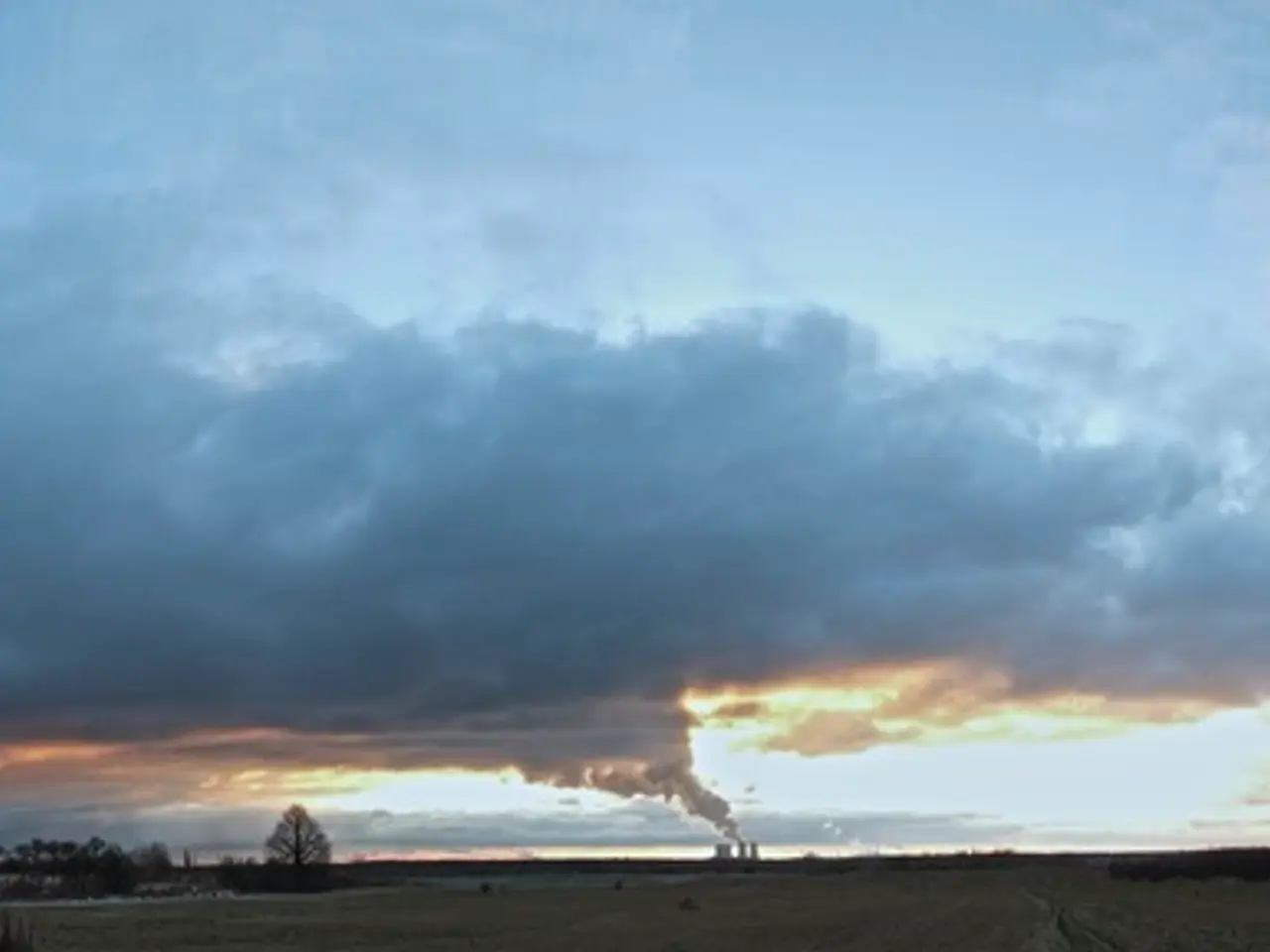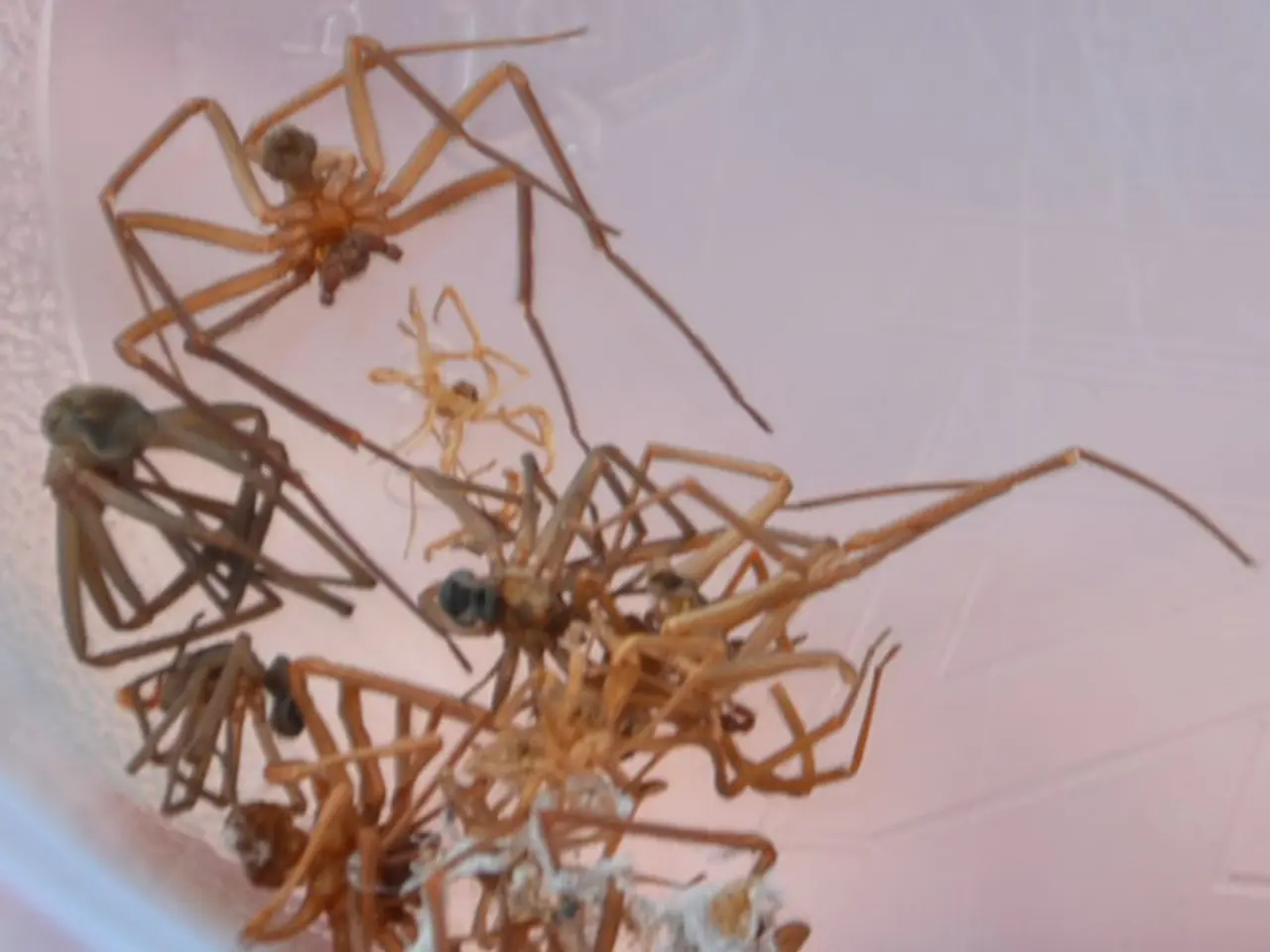Toxic Pigeon Found in Pettendorf: Potential Threat to Humans and Pets
A highly toxic pigeon, treated with the insecticide Carbofuran, was discovered on the parking lot of the Regensburg animal shelter in the Regensburg district. The Bavarian Society for the Protection of Birds and Nature (LBV) confirmed the presence of the deadly substance in the bird.
The police are treating the incident with suspicion of a criminal offense under animal protection laws, but the perpetrators have not yet been identified. Carbofuran is a pesticide banned in the EU since 2008 due to its extreme toxicity, posing a serious danger to humans, pets, and wildlife upon contact.
The circumstances suggest intentional poisoning, possibly using the pigeon as bait to harm predator species. A similar incident occurred in November 2023 in nearby Nittendorf, where a carbofuran-contaminated pigeon was found and suspected to be used as bait.
The LBV and GLUS are drawing attention to this form of environmental crime with the project "Crime Scene Nature". Under German law, such actions can constitute animal cruelty and environmental crime. The Regensburg Public Prosecutor's Office, Branch Straubing, and the Nittendorf Police Inspectorate are involved in the current investigations.
The targeted killing of birds of prey is a criminal offense in Germany because all species are strictly protected. If you find a dead bird with suspicious discolorations, do not touch or remove it. Keep pets and children away from the location, note and document the location, and report the find to the local police.
Skin contact with Carbofuran can be harmful, especially for children and dogs. No further poisoned animals have been found in the Pettendorf area, but a danger to the population cannot be ruled out. Despite intensive investigations, no responsible person has been identified so far.
The pigeon had pink-colored feathers in the neck, and peregrine falcons are typical victims of such baits due to their habit of hunting birds in flight. The public is urged to avoid contact with suspicious animals and report observations, assisting investigations.
Key Points:
- Carbofuran poisoning in wildlife is prohibited and endangers ecosystems, humans, and pets.
- Using such poisons can constitute animal cruelty and environmental crime under German law.
- Police urge the public to avoid contact with suspicious animals and report observations, assisting investigations.
- Authorities continue investigating to identify and prosecute perpetrators responsible for this dangerous act.
The environmental crime investigation ongoing in Regensburg and Nittendorf highlights the use of Carbofuran, a banned pesticide, in incidents targeting wildlife. This toxic substance is harmful to humans, pets, and other animals, and its potential presence in the environment should be reported to local authorities to ensure the safety of the population.
In light of the discovered poisoned pigeon and the danger it poses to predator species, the LBV and GLUS are emphasizing the importance of adhering to health-and-wellness guidelines, particularly when encountering suspect animals. Moreover, the investigation underscores the severity of intentional mistreatment and illegal activities in environmental-science matters.
